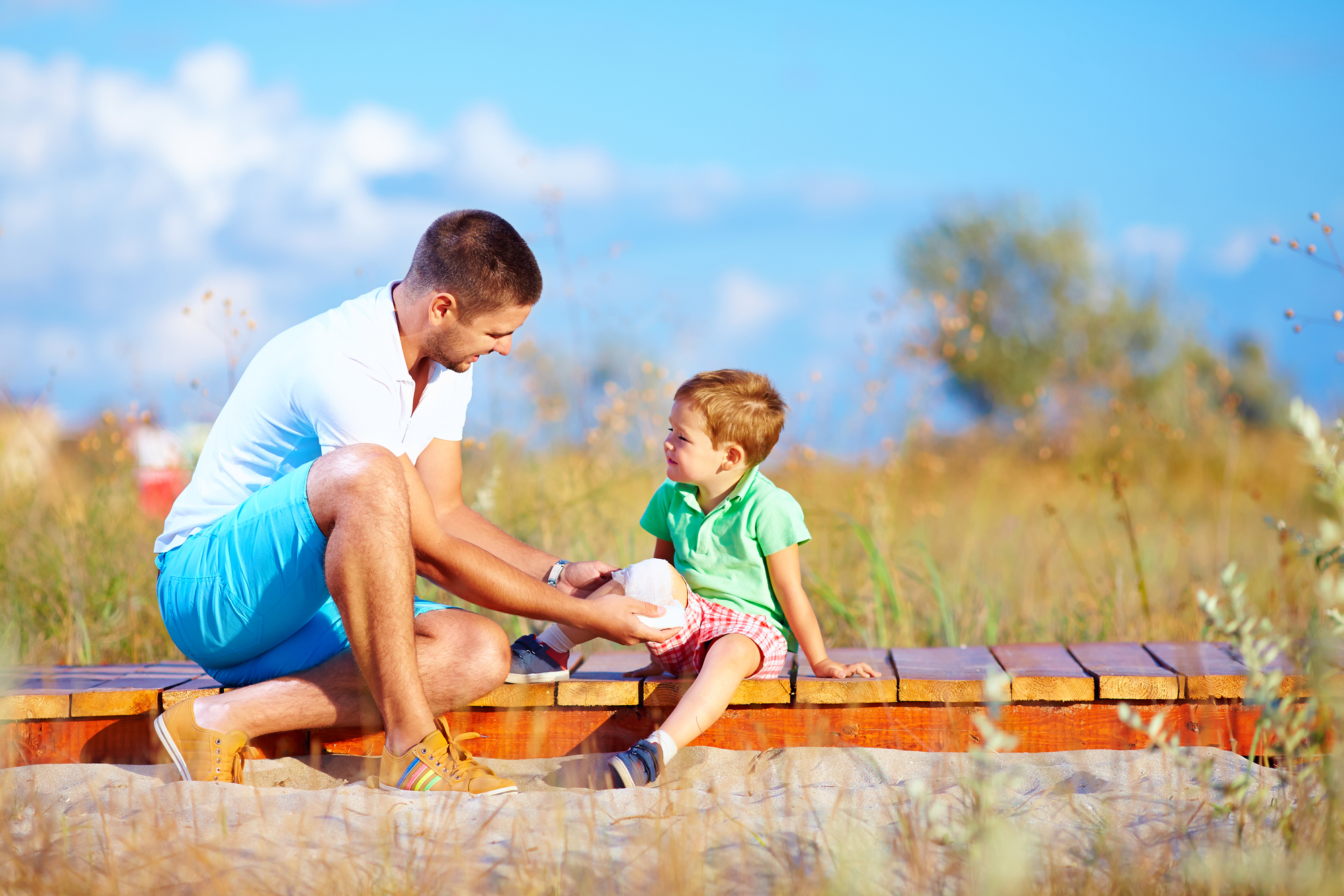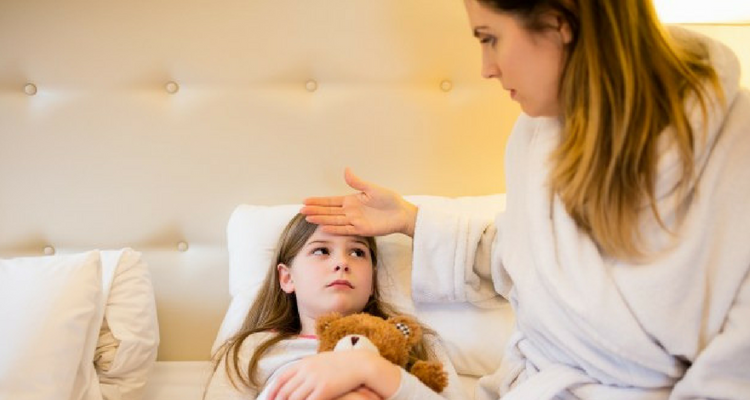- Bleeding
- Headache
- Numbness
- Fast heart rate
- Difficulty breathing
- Paralysis
DO
It is vital to be calm and to keep your child as calm as possible, in order to slow the spread of venom.
Retreat to a safe distance away from the snake.
Lay the child down and keep them still.
Remove any rings or bracelets, and any other constrictive objects from the bitten limb, so that if swelling occurs these do not cause an increased risk of serious harm due to restricted blood flow.
Remain with the child at all times. If you do need to leave them to seek help, return as quickly as possible.
Mark the bite site on the bandages if possible by using a pen to circle the area.
No pressure bandage? Use clothes instead!
Download the Australian Bites and Stings App to learn more and learn step by step how to apply a pressure bandage!
DON’T
Do not try to catch or kill the snake.
Don’t try to move the child – preferably get help to come to you.
Do not let the child walk or run.
Don’t wash the bite area. In the hospital, the staff may swab the bite site for a venom detection kit.
It is also important to not cut the bite area to ‘bleed’ out the venom or to try and suck it out. This will not help.
Do not remove or loosen the pressure immobilisation bandages unless advised to do so by medical personnel.
Do not rely on traditional medicines, or give alcohol, tea, stimulants, food, or medications without medical advice. Always obtain medical assistance urgently.
First Aid
The pressure immobilisation technique, or pressure bandage, is used to compress the limb, therefore slowing the flow of venom.
+ Immediately: If others are present, have someone phone for medical assistance. If you’re unable to phone, send someone for help.
+ As soon as possible, apply a broad pressure bandage from below the bite site, wrapping upward on the affected limb (starting at the fingers or toes, bandaging upward as far as possible)
+ Leave the tips of the fingers or toes unbandaged to allow circulation to be checked
+ Do not remove their pants, simply bandage over the top of the clothing
+ Bandage firmly as for a sprained ankle, but not so tight that circulation is prevented. You should be able to fit one finger under the bandage. Continue to bandage upward from the lower part of the bitten limb.
+ Apply the bandage as far up the limb as possible to compress the lymphatic vessels
+ It is vital to now apply a splint. Bind a stick or suitable rigid item over the initial bandage to splint the limb
+ Secure the splint to the bandaged limb by using another bandage, (if you don’t have another bandage, use clothing or something similar)
+ It is very important to keep the bitten limb still
+ Bind the splint firmly to as much of the limb as possible to prevent the child from moving their limb. This will help restrict the spread of venom
+ Ensure medical help is on the way
First Aid for bites on the hand or forearm:
+ As soon as possible, apply a broad pressure bandage from the fingers of the affected arm, bandaging upward as far as possible
+ Leave the tips of the fingers unbandaged to allow the victim’s circulation to be checked
+ Bind a splint along the forearm
If your child has been bitten and becomes unconscious, follow DRSABCD and keep going with compressions.
Resources:









